
Video: Androgen deprivation therapy in men with high fracture risk
Fracture after androgen deprivation therapy among men with a high baseline risk of skeletal complications
Yu-Hsuan Shao*†, Dirk F. Moore*‡, Weichung Shih*‡, Yong Lin*‡, Thomas L. Jang* and Grace L. Lu-Yao*†
*The Cancer Institute of New Jersey, †Department of Medicine, The Robert Wood Johnson Medical School, New Brunswick, and ‡Department of Biostatistics, UMDNJ School of Public Health, Piscataway, NJ, USA
OBJECTIVE
• To quantify the impact of androgen…
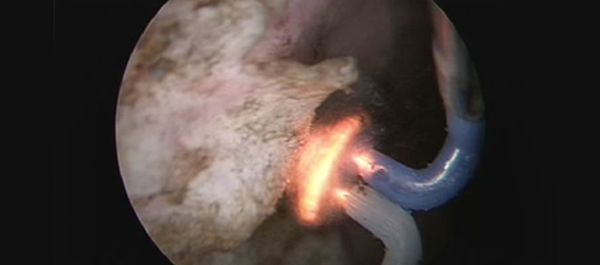
Article of the week: Large BPH responds well to bipolar plasma enucleation
3 Comments
/
Every week the Editor-in-Chief selects the Article of the Week from the current issue of BJUI. The abstract is reproduced below and you can click on the button to read the full article, which is freely available to all readers for at least 30 days from the time of this post.
In addition to the article itself, there is an accompanying editorial written by a prominent member of the urological community. This blog is intended to provoke comment and discussion and we invite you to use the comment…
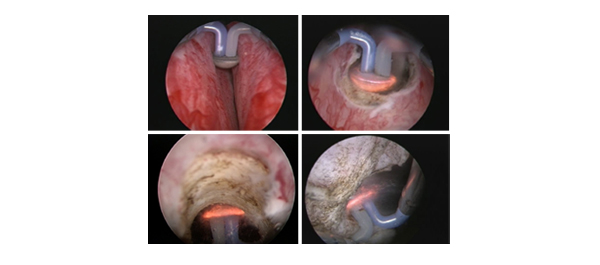
Editorial: Bipolar plasma enucleation: a new gold standard for BPH?
The history of surgical enucleation for BPH dates back over 100 years and it continues to be the most complete and efficient method of removing adenomata of any size. The popularity and performance of the open approach has declined recently but new enucleation techniques have emerged. In this edition of the journal, Geavlete et al. have studied a recent addition to the endoscopic enucleation armamentarium, namely ‘plasma-button’ bipolar enucleation (BPEP). This procedure is a variation on…
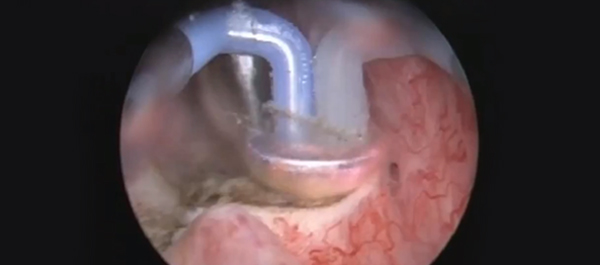
Video: Bipolar plasma enucleation vs open prostatectomy
Bipolar plasma enucleation of the prostate vs open prostatectomy in large benign prostatic hyperplasia cases – a medium term, prospective, randomized comparison
Bogdan Geavlete, Florin Stanescu, Catalin Iacoboaie and Petrisor Geavlete
Department of Urology, ‘Saint John’ Emergency Clinical Hospital, Bucharest, Romania
OBJECTIVES
• To evaluate the viability of bipolar plasma enucleation of the prostate (BPEP) by comparison with open transvesical prostatectomy (OP) in cases…
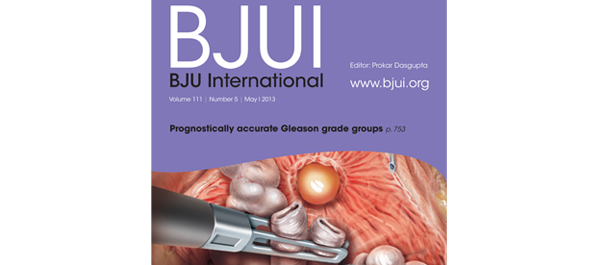
Article of the week: Prognostic Gleason grade group predicts survival
Every week the Editor-in-Chief selects the Article of the Week from the current issue of BJUI. The abstract is reproduced below and you can click on the button to read the full article, which is freely available to all readers for at least 30 days from the time of this post.
In addition to the article itself, there is an accompanying editorial written by a prominent member of the urological community. This blog is intended to provoke comment and discussion and we invite you to use the comment…
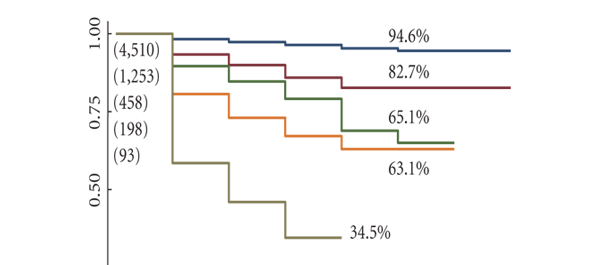
Editorial: Incorporating prognostic grade grouping into Gleason grades
The ‘Gleason Grading System’ first proposed by Donald Gleason in 1966 was a revolutionary system for its time. As it advocated the use of a sum score that combined the two most common patterns of prostate cancer seen in a radical prostatectomy specimen to predict the biological outcome of the tumour, rather than the worst pattern that was in common usage with other tumour types, it was truly innovative. Furthermore, although several other classification systems for prostate cancer have been…
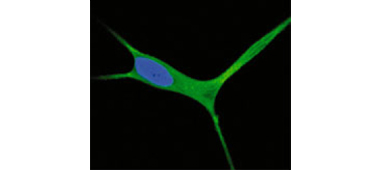
Article of the week: Modulating autophagy of prostate cancer cells with anti-androgen bicalutamide
Every week the Editor-in-Chief selects the Article of the Week from the current issue of BJUI. The abstract is reproduced below and you can click on the button to read the full article, which is freely available to all readers for at least 30 days from the time of this post.
In addition to the article itself, there is an accompanying editorial written by a prominent member of the urological community. This blog is intended to provoke comment and discussion and we invite you to use the comment…
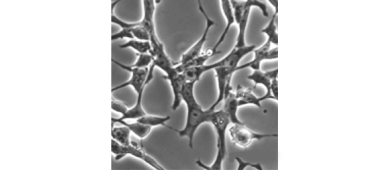
Editorial: Targeting the pro-survival side-effects of androgen-deprivation therapy in prostate cancer
In this paper, Bennett et al. [1] report the effects of an anti-androgen drug on autophagy and the subsequent impact on response to androgen-deprivation therapy alone or combined with exiting chemotherapeutic treatments.
With an estimated 238,590 newly diagnosed cases and 29,720 deaths for 2013 in the USA, prostate cancer is, after skin cancer, the second most common cancer in men. Although the disease initially responds well to therapy, the cancer recurs in most patients within 1–2 years…
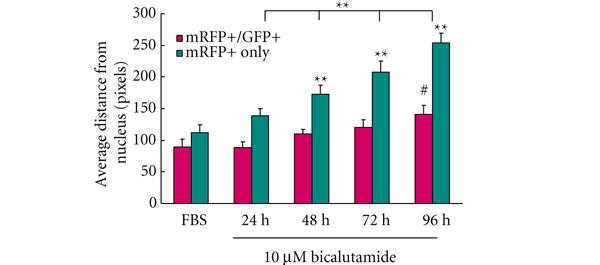
Video: Androgen-ablation therapy (AAT) associated autophagy
Does androgen-ablation therapy (AAT) associated autophagy have a pro-survival effect in LNCaP human prostate cancer cells?
Haley L. Bennett, Jacqueline Stockley†, Janis T. Fleming, Ranadip Mandal, Jim O'Prey*, Kevin M. Ryan*, Craig N. Robson† and Hing Y. Leung
Urology Research Laboratory and *Tumour Cell Death Research Laboratory, Beatson Institute for Cancer Research, Glasgow, and †Solid Tumour Target Discovery Group, Northern Institute…
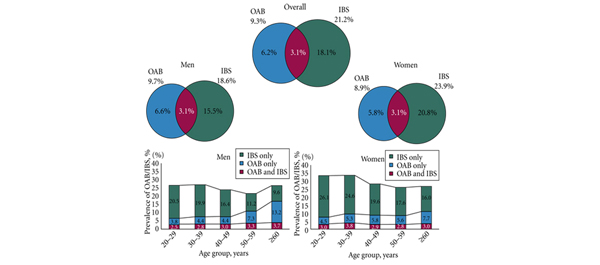
Article of the week: Bladder and bowel: the link between OAB and IBS
Every week the Editor-in-Chief selects the Article of the Week from the current issue of BJUI. The abstract is reproduced below and you can click on the button to read the full article, which is freely available to all readers for at least 30 days from the time of this post.
In addition to the article itself, there is an accompanying editorial written by a prominent member of the urological community. This blog is intended to provoke comment and discussion and we invite you to use the comment…
